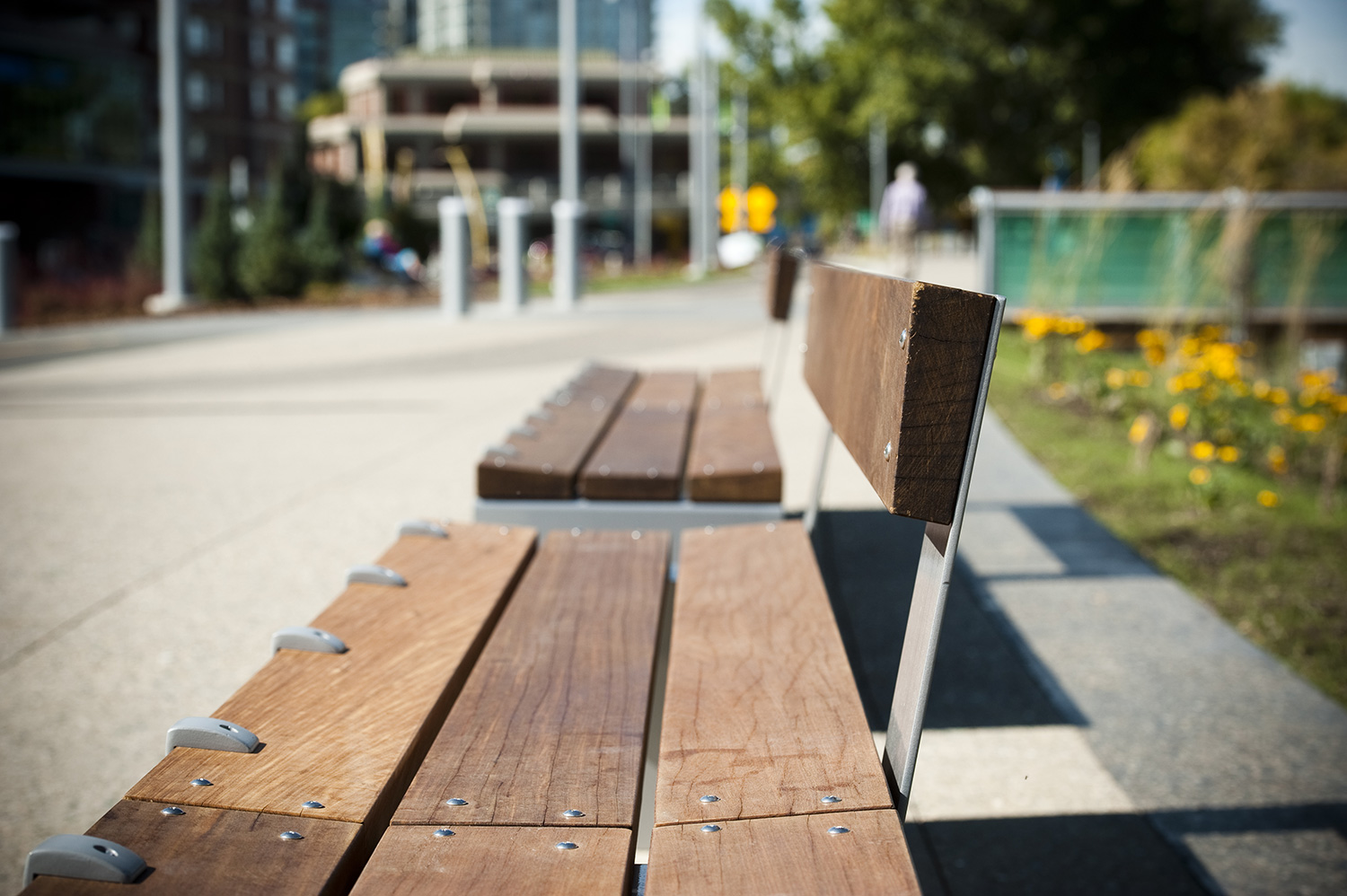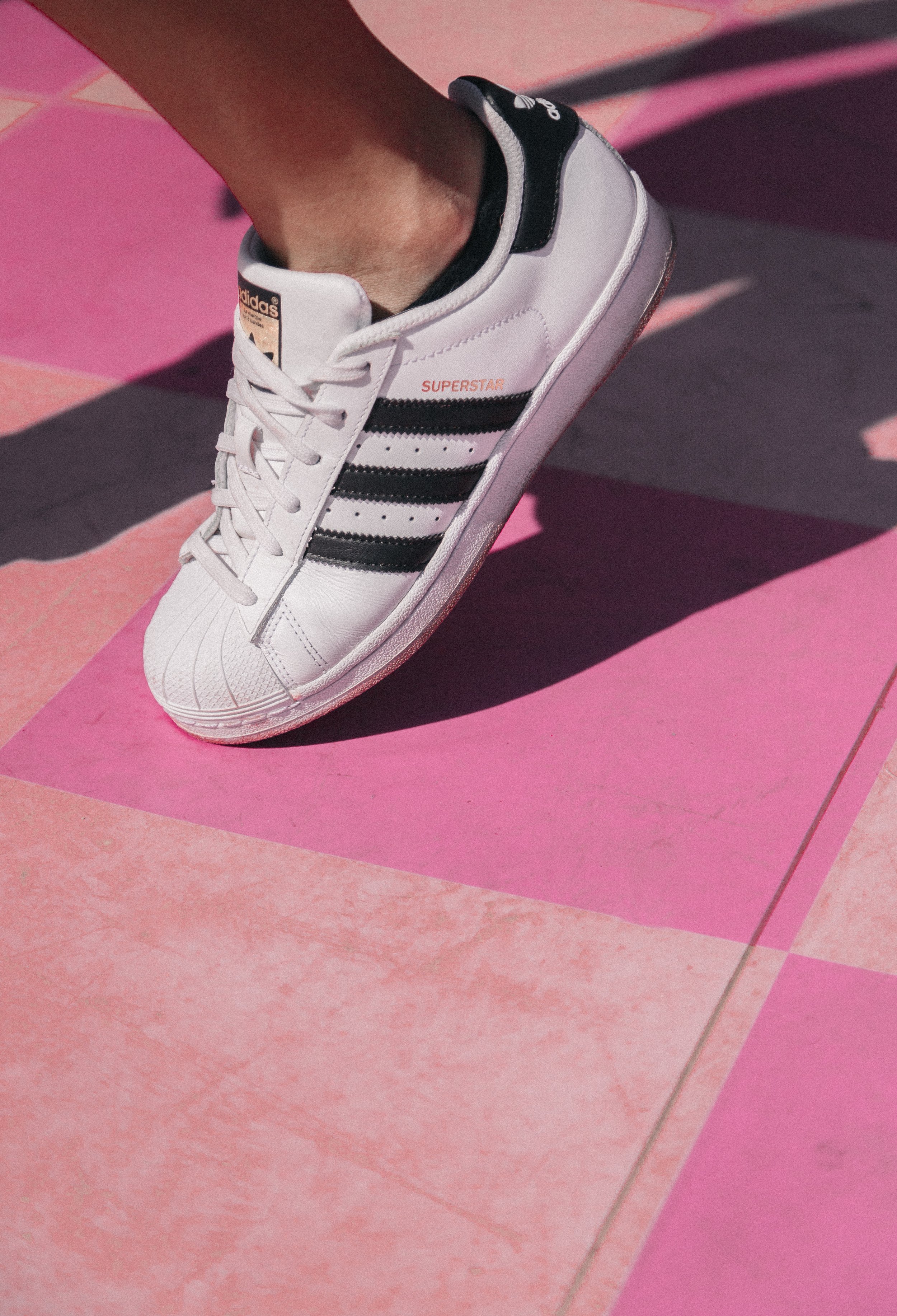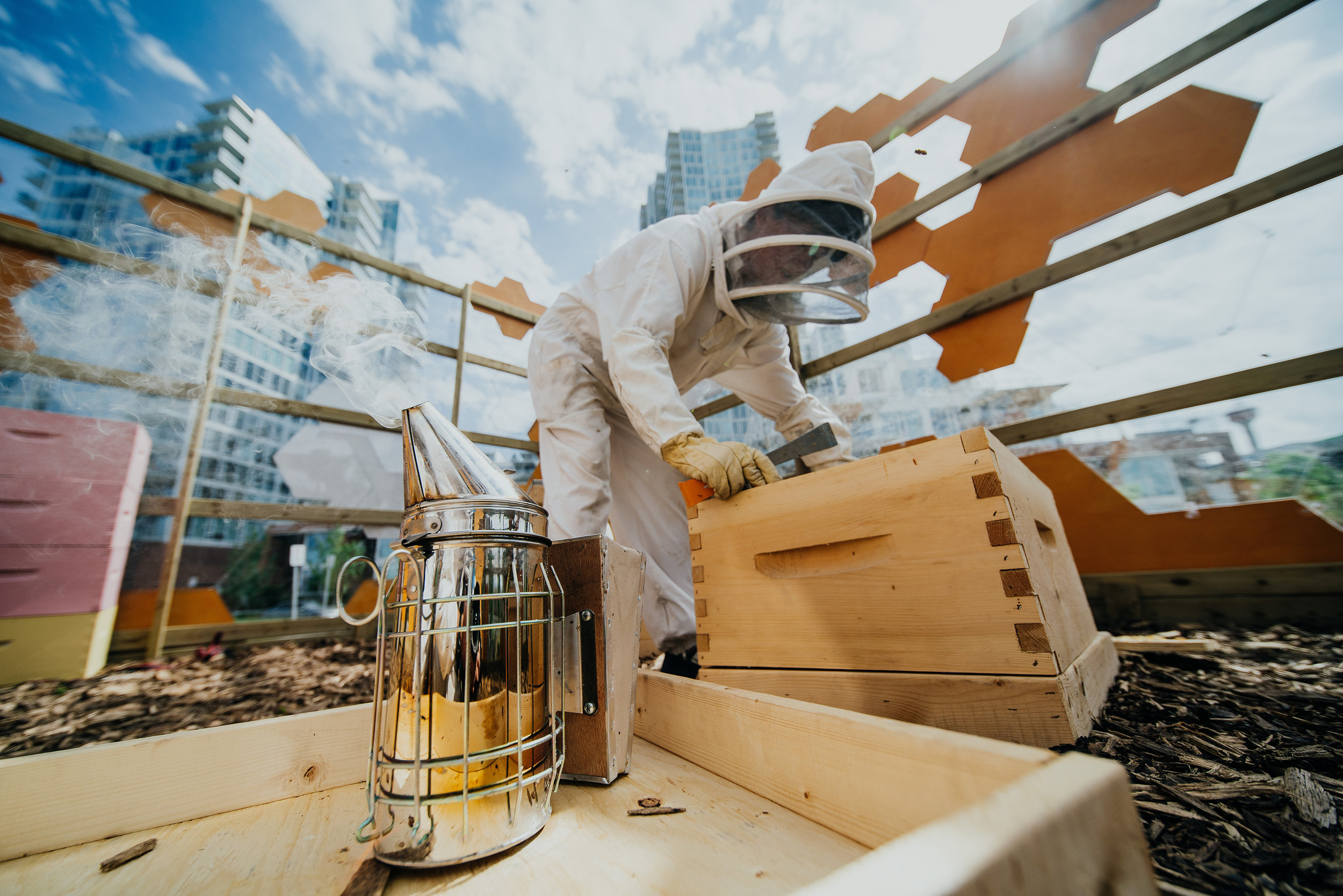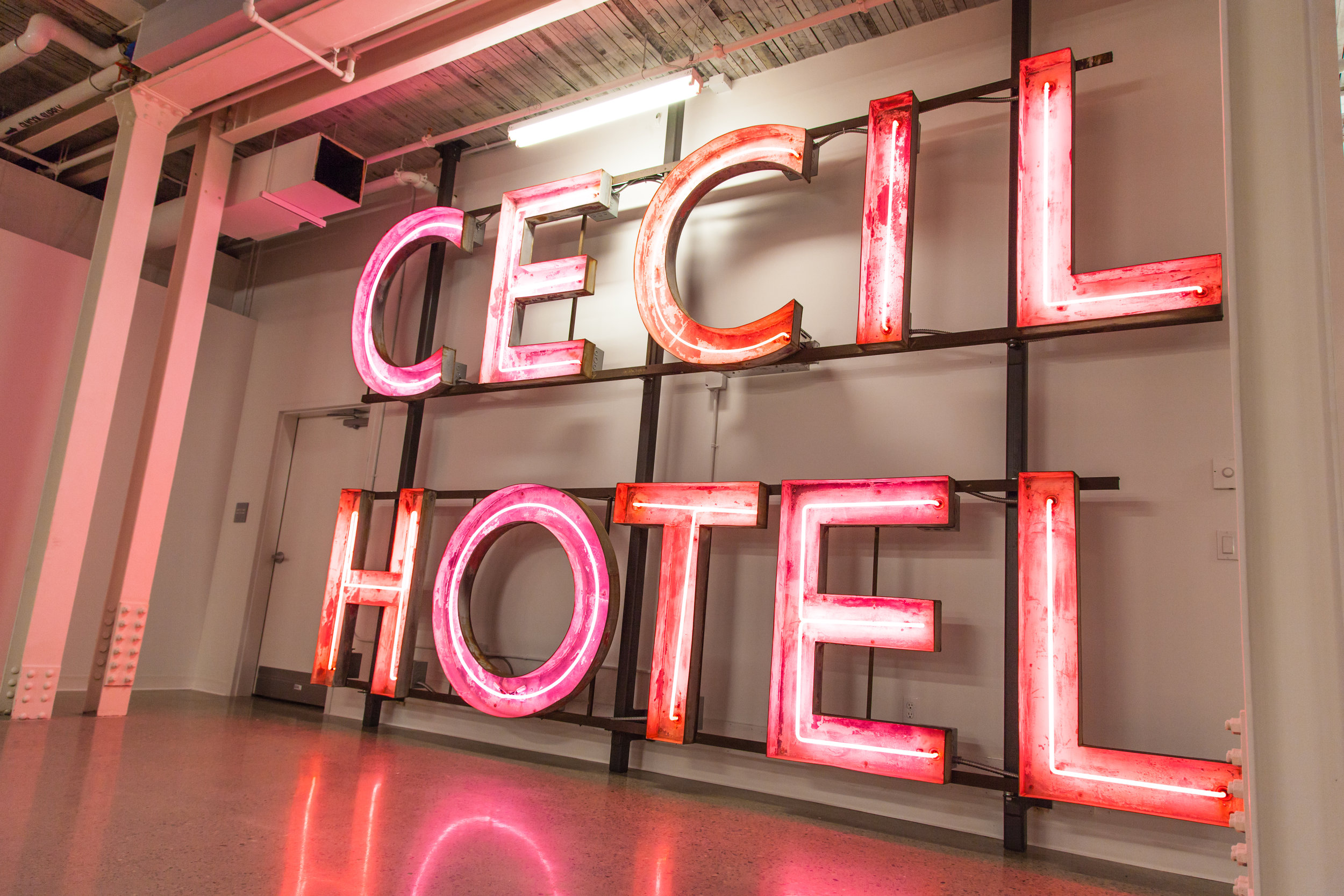

It takes a city to
raise a village.
YYC
— The beginnings
of the city
The land where East Village now stands was once traditional territory for the Blackfoot Nation, prior to the arrival of American fur traders around 1840. In 1875, the Northwest Mounted Police established Fort Brisebois, which later became Fort Calgary. By the time the city of Calgary began to boom in 1906, East Village was a vibrant community with a mix of residential, commercial, service, institutional and industrial activity.
Decades later the area fell into decline, so much so the city medical officer of health declared East Village to be a “skid row” in 1941. Urban renewal schemes of the 1960s brought widespread demolition to East Village. Aside from the construction of a few mid-rise towers, East Village was largely neglected until 2007 when Calgary Municipal Land Corporation (CMLC) was formed.


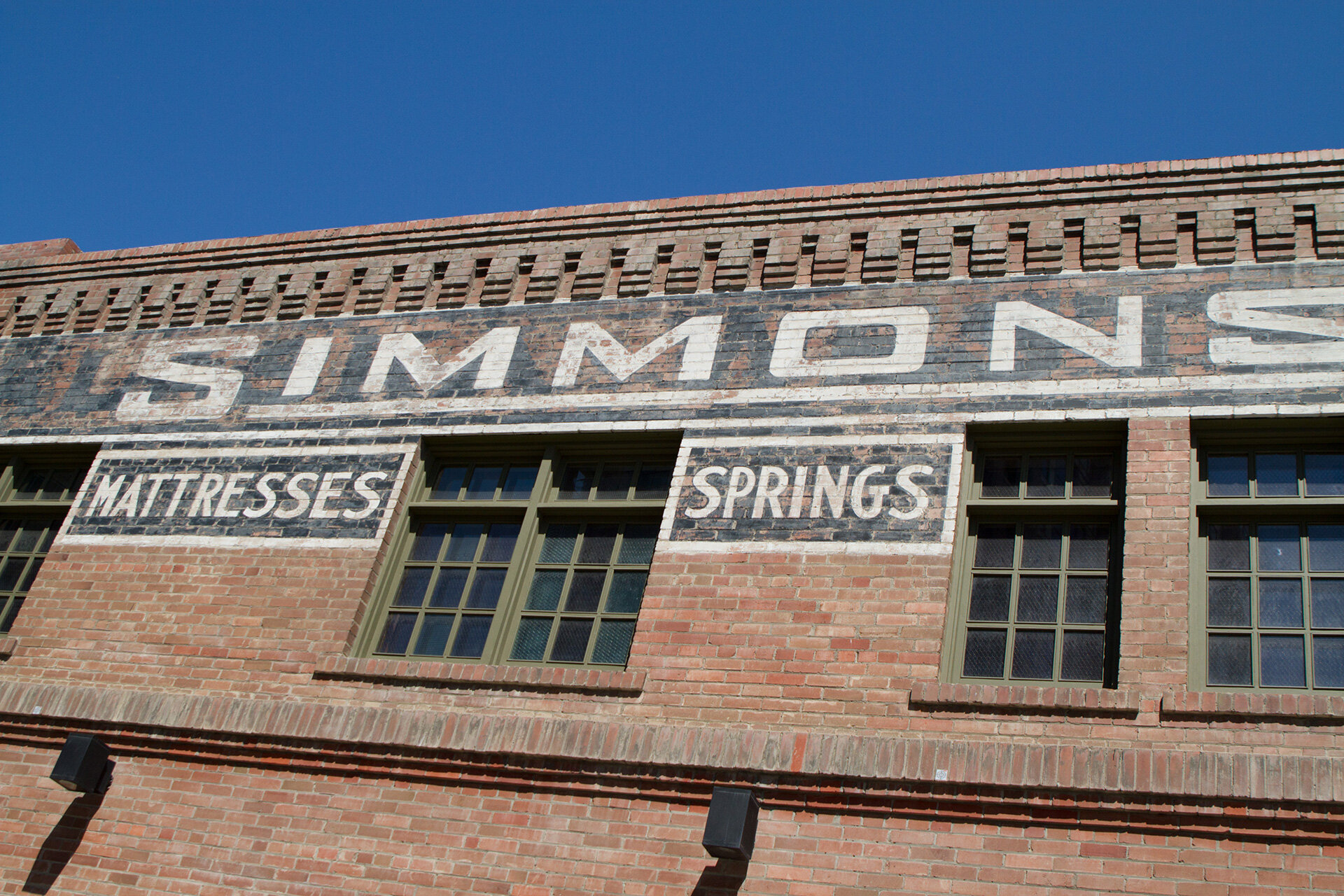

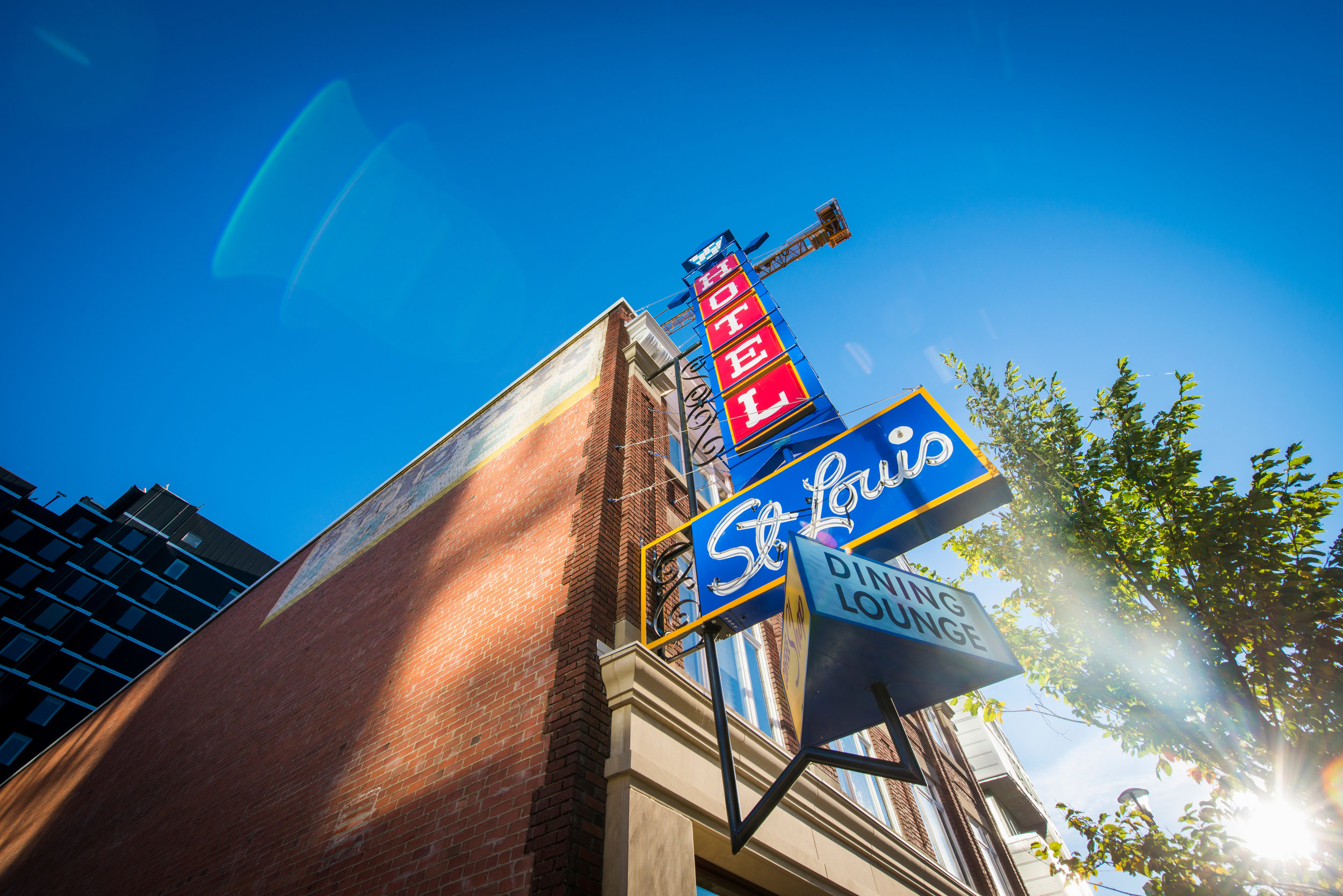
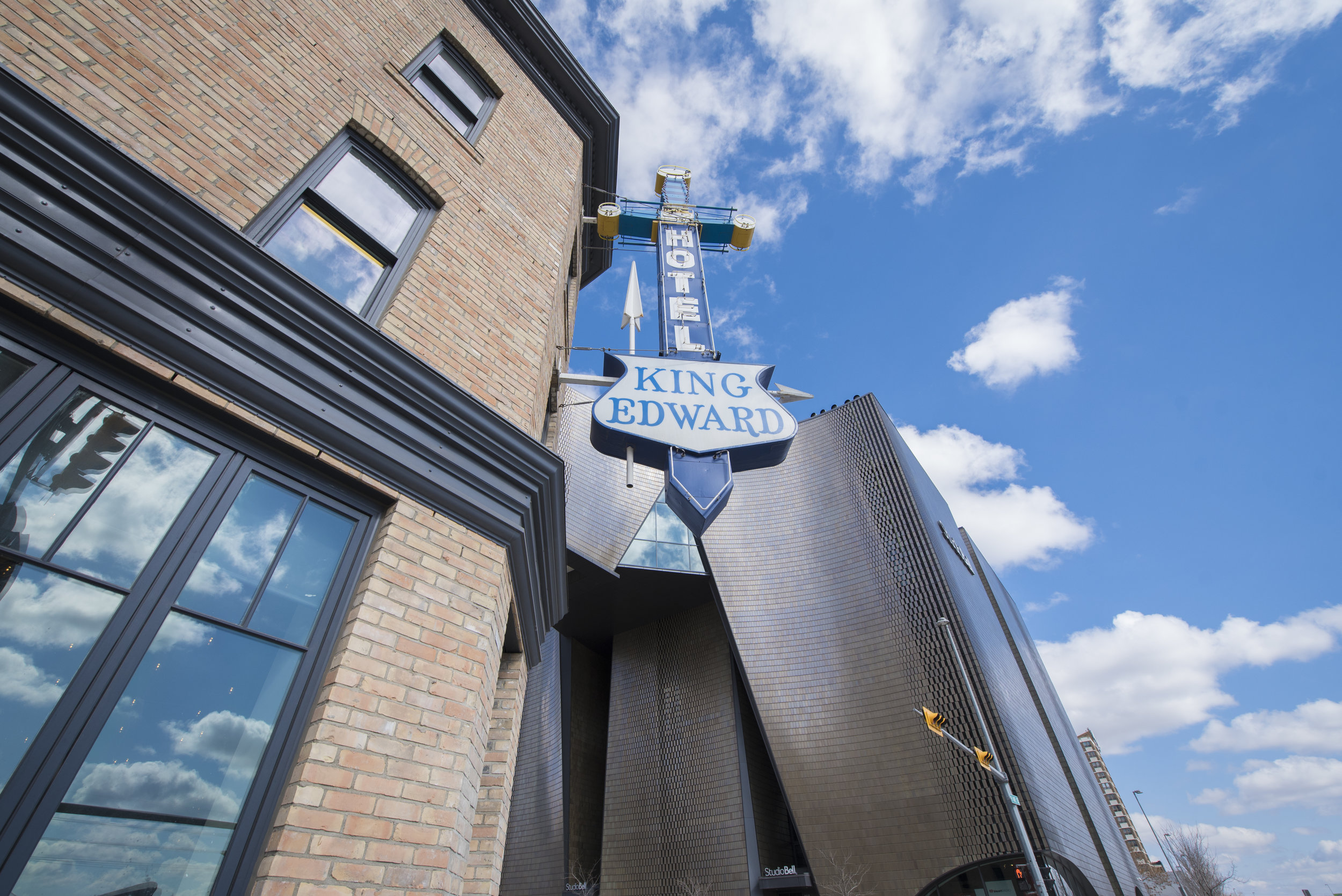
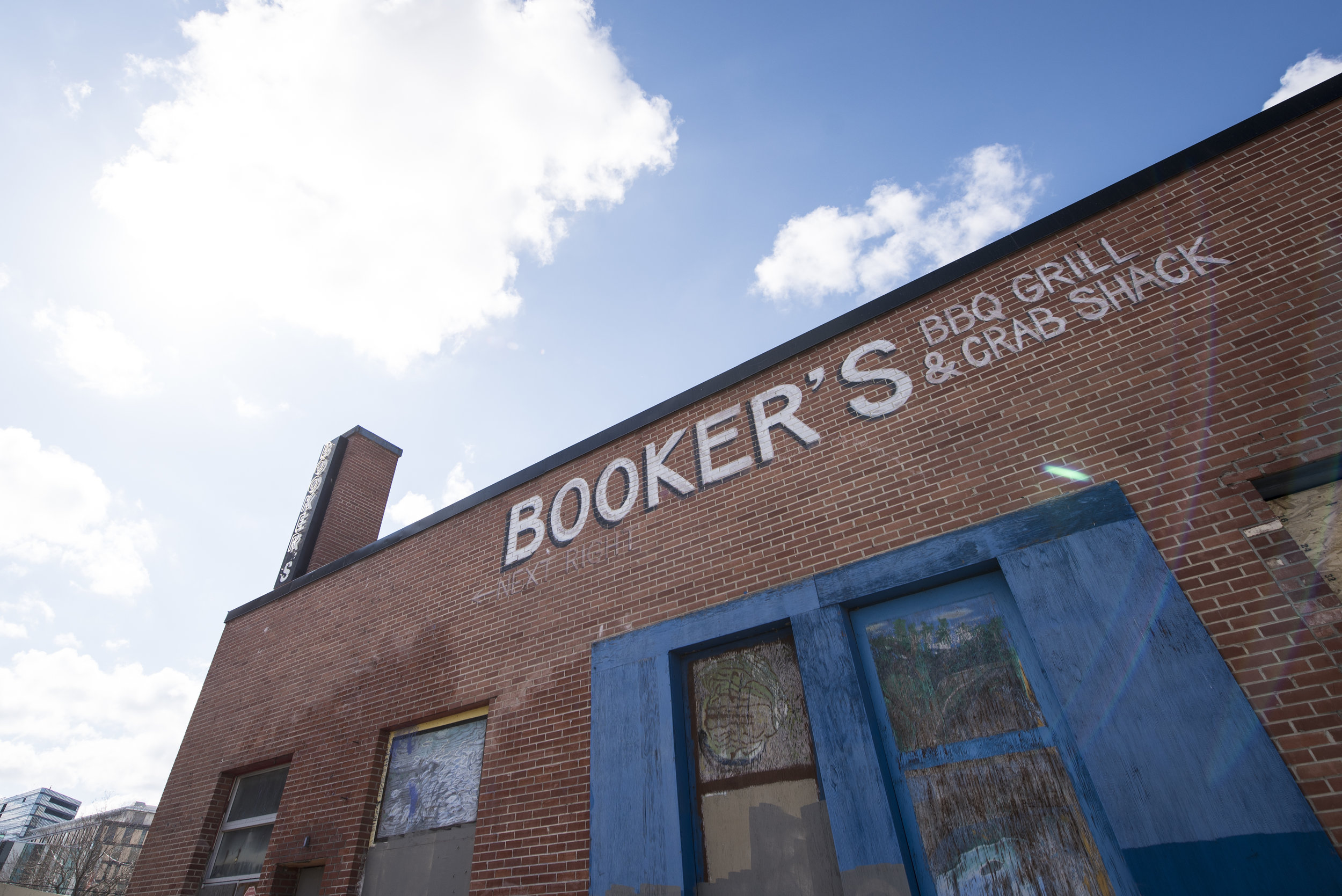
The beginnings of East Village
Since 2007, CMLC has poured $357 million into infrastructure improvements for East Village, revitalizing blocks upon blocks of the city’s east end. Its earliest days were spent creating a master plan for the neighbourhood. Breaking ground on new projects followed. Just over a decade later, the people of Calgary have a vibrant, growing urban community with award-winning planning and architecture, public art, parks, bridges and thousands of homes.
Early infrastructure
George C. King Bridge
When the George C. King Bridge (formerly St. Patrick’s Bridge) opened in October 2014, it became a symbol of the new connection between East Village and downtown Calgary and the community of Bridgeland north of the Bow River. Even better, it gives East Villagers quick, easy access to their backyard playground of St. Patrick’s Island.
Elbow River Traverse
East Village’s smallest connector (just 65 metres long) has made a big difference. Elbow River Traverse connects East Village with Inglewood and Ramsay, allowing a daily stream of cyclists, walkers and runners to cross the Elbow River and avoid the busy Inglewood 9th Avenue Bridge.
Jack & Jean Leslie River Walk
Hundreds of fresh air enthusiasts run, cycle and stroll along the award-winning pathway every day. Dedicated pedestrian and cycle lanes wind their way along the edges of the Bow and Elbow rivers, dotted by restful benches nestled among naturalized vegetation.
St. Patrick’s Island
Just a skipping stone bridge away from East Village, St. Patrick’s Island offers residents a beautifully revitalized 31-acre backyard. Since reopening in summer 2015, nature lovers, families and urban explorers alike have reveled in the natural beauty that has been restored through mindful renewal and a landscape design approach that nurtures the bond between people and nature.
5th Street Square
East Village’s smallest urban park, 5th Street Square, provides a little breathing room in the middle of a busy day. The neighbourhood plaza at the intersection of 7 Avenue and 5 Street SE invites busy passersby to step off the street and rest awhile on one of the jauntily angled benches or have a quick meet-up with friends.
East Village Music Pavilion
Set against the backdrop of the picturesque George C. King Bridge and the beauty of the Bow River between East Village and Fort Calgary, the bookable Music Pavilion adds another layer of programmable public gathering space along EV’s popular RiverWalk.
the future is bright
Today, 4,000 people live in East Village. Once CMLC’s master plan is complete and all housing has been built, 11,500 residents will call it home.
Creative and tech communities have poured into the area, along with hip cafes, edgy eateries, independent shops and brand-name convenience. With architectural and cultural hubs like the Central Library and Studio Bell, the area is a destination for Calgarians and tourists alike. And there’s even more to come.



